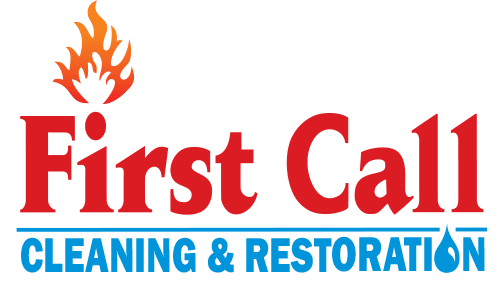Water damage can occur when you least expect it. Once it happens, it is a race against time to try to contain the damage. No matter the size of your home or business, you’re not immune to the devastation that can occur from flooding, leaking, or even burst pipes. That’s why water mitigation and restoration are vital to getting your home or business back.
People often use the terms water mitigation and restoration interchangeably, but there are important differences. Each encompasses distinct steps in the journey to reclaiming a property’s integrity and functionality. So what is the difference between water mitigation and restoration? In this blog, we will delve into the differences, shedding light on their unique purposes and processes.
What is the Difference Between Water Mitigation and Restoration?
Let’s take each term individually. Then, when you compare, you can see the difference with greater clarity.
Water mitigation refers to the first steps in the process. Its purpose is to end the problem as quickly as possible. A good example of water mitigation would be if you found that a pipe burst and you turned off the water and moved valuable items to minimize the damage.
The key to mitigation is to provide an immediate stop to the problem. Key aspects in the difference between water mitigation and restoration are:
Immediacy
Water mitigation focuses on the emergency response, where our professionals assess the extent of the damage, identify potential hazards, and implement measures to safeguard the property and its occupants. It also seeks to prevent issues –such as mold—before they develop.
By contrast, restoration is a more time-consuming process and actually doesn’t start until after the immediate cause of the water damage has been stopped. Restoration involves taking your home or business and repairing it so that it looks like it did before the damage.
Extraction
Through using specialized equipment, our professionals can rapidly dehumidify the area. This prevents the growth of mold. In addition, it also helps preserve structural integrity. After the water has been extracted, we quickly and seamlessly begin the extensive drying process.
Restoration doesn’t occur until after all the water mitigation has been completed. When the water has been cleared and the area dried, then we can start the task of restoring your home, office or business.
Salvage Items
We know your home or business is full of items that are important and sentimental. Some items are vital to help you continue to operate your business. Others may house precious family photos or other mementos.
Our experts know that quick action can save these valuable items, but it must be done quickly. This is another difference between water mitigation and restoration—mitigation focuses on getting the items immediately out of harm’s way so they can be restored later.
Later, once these items are taken out of immediate jeopardy, we’re able to go back and take a closer look at them through our restoration process to carefully repair them to minimize the damage.
Temporary Repairs
One of the main differences between water mitigation and restoration is that the repairs during mitigation are mostly temporary. These are like “Band-Aid” fixes to stop the damage from getting worse. Examples include tarping a damaged roof or boarding up broken windows.
When it comes to restoration, we will make permanent repairs . But this means much more than ensuring the structure looks good. We’ll also take a deeper look to ensure that the property’s structural integrity remains. This is vital for your safety.
Understanding the Various Aspects of Restoration
Restoration takes place after water mitigation and involves the comprehensive process of returning a property to its pre-damaged state. This phase aims to not only repair the visible damage but also address any underlying issues that might compromise the property’s structural integrity and safety.
Key aspects of the restoration process include:
Thorough Assessment
Our restoration experts conduct a thorough assessment of the property to identify all areas in need of repair or replacement. This assessment covers structural components, finishes, and systems such as electrical, plumbing, and HVAC.
Reconstruction
Based on the assessment, our team performs necessary repairs and replacements. This could involve rebuilding damaged walls, installing new flooring, and restoring damaged fixtures.
Quality Control
Restoration involves rigorous quality control measures to ensure that all repairs and replacements meet industry standards and adhere to local building codes.
Final Touches
The restoration process concludes with the final touches that transform the property back into a livable or operational space. This includes painting, refinishing, and ensuring all systems are functioning correctly.
If You Need Water Mitigation and Restoration, First Call Is Always the Right Call
Seconds count.
Did you realize that mold can take hold and begin growing in as little as 24 hours after an area has been saturated with water? In addition, many of these areas may be hidden and not immediately visible. This means even if you think you’re doing a comprehensive job with cleaning, it’s still too easy to overlook something.
For decades, we’ve been the leader in water damage restoration in Greensboro, Burlington, and the Triangle areas. We care for your home or business as if it were our own. We will help ensure you can return to your environment as soon as it is safely possible to do so.
Don’t take our word for it. Look at what our satisfied customers are saying.
If you’ve experienced water damage, it’s simple to get started. Just contact us and we’ll take it from there. It’s why First Call is always the right call.


